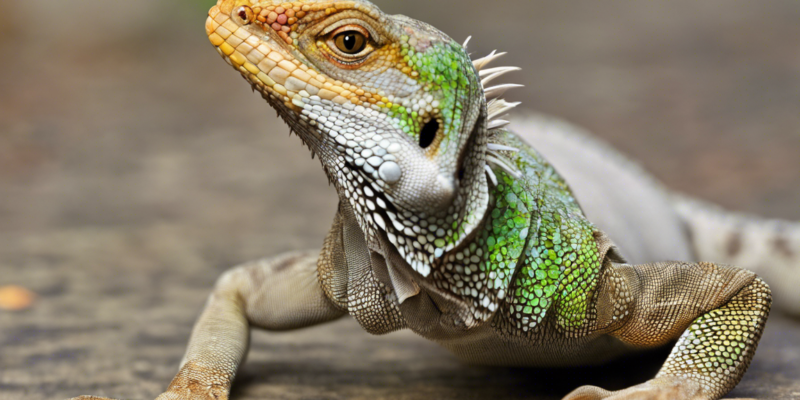Lizards are fascinating creatures that make for unique and intriguing pets. From the tiny and delicate geckos to the larger and more majestic iguanas, there is a wide variety of lizard species that can become wonderful companions. One of the most enjoyable aspects of owning a lizard is choosing the perfect name for your scaly friend. Whether you have just brought home a new lizard or are looking to rename your current pet, finding a name that suits their personality and characteristics is essential. To help you in this fun and exciting task, we have compiled a list of 50 creative lizard names that are sure to inspire you.
Naming Considerations
Before we dive into the list of lizard names, it’s important to consider a few factors when choosing the perfect name for your reptilian friend:
– Personality: Observe your lizard’s behavior and characteristics to come up with a name that reflects their unique traits.
– Appearance: Take into account your lizard’s color, pattern, size, and features when selecting a name that complements their appearance.
– Species: Some names may be more suited to specific lizard species based on their natural habitat or behaviors.
List of 50 Creative Lizard Names
- Spike
- Ziggy
- Cleo
- Rex
- Jade
- Blaze
- Luna
- Thor
- Ivy
- Draco
- Coral
- Echo
- Nova
- Gizmo
- Mango
- Venus
- Finn
- Pebbles
- Mocha
- Zara
- Apollo
- Kai
- Sasha
- Olive
- Basil
- Sunny
- Prince
- Aurora
- Dusty
- Winnie
- Jasper
- Cassie
- Rusty
- Penny
- Hazel
- Gus
- Pepper
- Nala
- Archie
- Sassy
- Terra
- Opal
- Fletcher
- Willow
- Buddy
- Savannah
- Crimson
- Zelda
- Mav
- Ruby
Frequently Asked Questions (FAQs)
- What are some popular lizard species kept as pets?
-
Popular pet lizard species include bearded dragons, leopard geckos, crested geckos, uromastyx, and blue-tongued skinks.
-
How do I know if my lizard is male or female?
-
Lizards can often be sexed based on characteristics such as size, coloration, and pores near the tail base. However, for accurate sexing, a vet visit or consultation with a reptile expert is recommended.
-
What should I feed my pet lizard?
-
The diet of a pet lizard varies based on species but typically includes live insects, fruits, vegetables, and supplements like calcium and vitamins.
-
How often should I clean my lizard’s enclosure?
-
Regular spot cleaning should be done daily to remove feces and leftover food. A more thorough cleaning of the entire enclosure should be done weekly or as needed.
-
Do lizards require special lighting and heating in their habitat?
-
Yes, most lizard species require specific UVB lighting for proper calcium absorption and heat sources to maintain their body temperature within the recommended range.
-
Can lizards be handled and tamed?
-
While some species of lizards can be tamed and enjoy human interaction, others may be more skittish or territorial. Proper handling techniques and patience are essential in building trust with your pet lizard.
-
Do lizards shed their skin?
-
Yes, lizards shed their skin periodically as they grow. Providing a humid hide or misting the enclosure can help facilitate the shedding process.
-
Are there any common health problems that affect pet lizards?
-
Some common health issues in pet lizards include metabolic bone disease, respiratory infections, parasites, and injuries. Regular veterinary check-ups and proper husbandry can help prevent these problems.
-
Can lizards recognize their owners?
-
While lizards may not form the same attachments as mammals, they can learn to recognize their owners based on sight, sound, and routine interactions.
-
What is the average lifespan of pet lizards?
- The lifespan of pet lizards varies greatly depending on the species. Smaller species like anoles may live 2-4 years, while larger species like iguanas can live 10-20 years or more with proper care.


Comments